The 10 most interesting archaeological discoveries of 2022
As with 2021, for this 2022 the editors of Finestre Sull’Arte have selected the ten most interesting, discussed, and significant discoveries of the year that is coming to a close. Here are which ones were in our opinion, listed in chronological order.
1. Remains of three small mausoleums discovered in Rome (January)
The year begins with the discovery in Rome of the remains of three small mausoleums in the Appio Latino district, along the ancient Via Latina: these are buildings that belonged to a single funerary complex, datable according to experts to a period between the first century B.C. and the first century A.D., which resurfaced during preventive archaeology excavations underway in Via Luigi Tosti for the replacement of some structures of the water mains. The excavation, carried out by Fabio Turchetta’s Archeo company, is at a site owned by Acea Ato2 spa and the company Sita srl and is directed by archaeologist Angelina De Laurenzi of the Special Superintendence of Rome. Read the full story here.
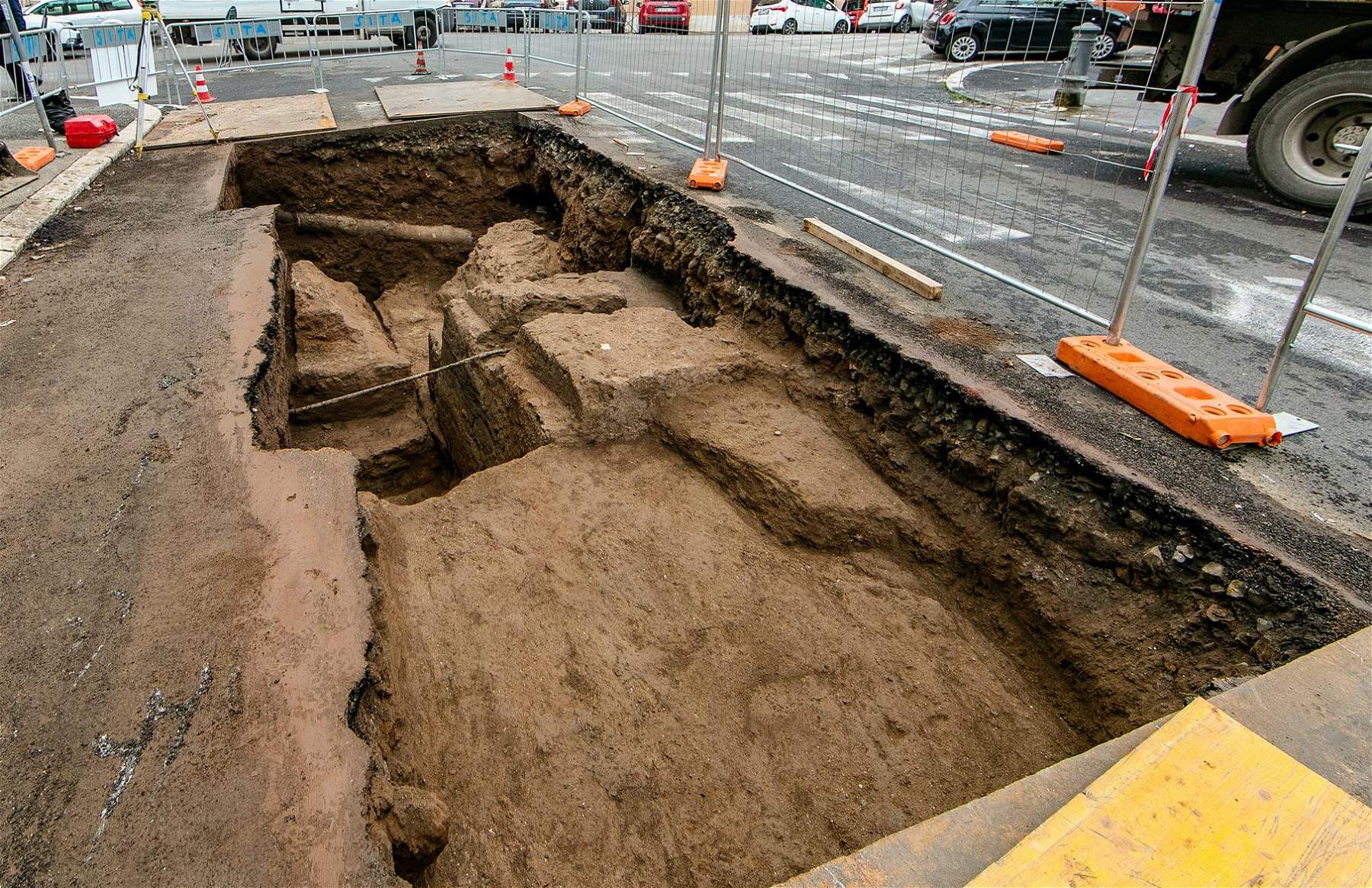
2. The 4,000-year-old game board in Oman (January)
Also at the beginning of the year comes news from Oman of a curious discovery, one that came to light at the end of December , when another season of archaeological field research in the Qumayrah Valley in northern Oman came to an end, but announced only a few days later, in the new year: it is the discovery of a 4,000-year-old game board in one of the rooms of the settlement. The board is made of stone and has marked fields and holes. Games based on similar principles took place during the Bronze Age in many economic and cultural centers of that age. Read the full story here.
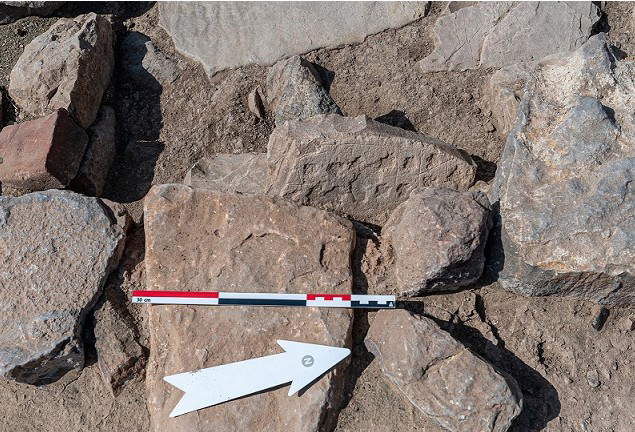
3. A large Roman amphitheater near Basel in Switzerland (February)
A major discovery is made in February in Switzerland’s canton of Aargau: a Roman amphitheater has in fact been discovered along the banks of the Rhine River in the small town of Kaiseraugst, some five thousand inhabitants 20 km from Basel. The remains, uncovered by archaeologists from the canton’s Department of Education, Culture and Sports during construction work for a new boat storage facility for the Basel Rowing Club, belong to a monument that was previously completely unknown. It is the second Roman amphitheater discovered in the canton, as well as the third in the Roman city of Augusta Raurica, today’s Augst, one of the largest Roman settlements in the area as well as the oldest Roman colony on the Rhine known to us, founded in 44 B.C.C.E. by Lucius Munatius Plancus, Julius Caesar’s lieutenant, in the lands of the Gallic tribe of the Raurics. Read the full story here.
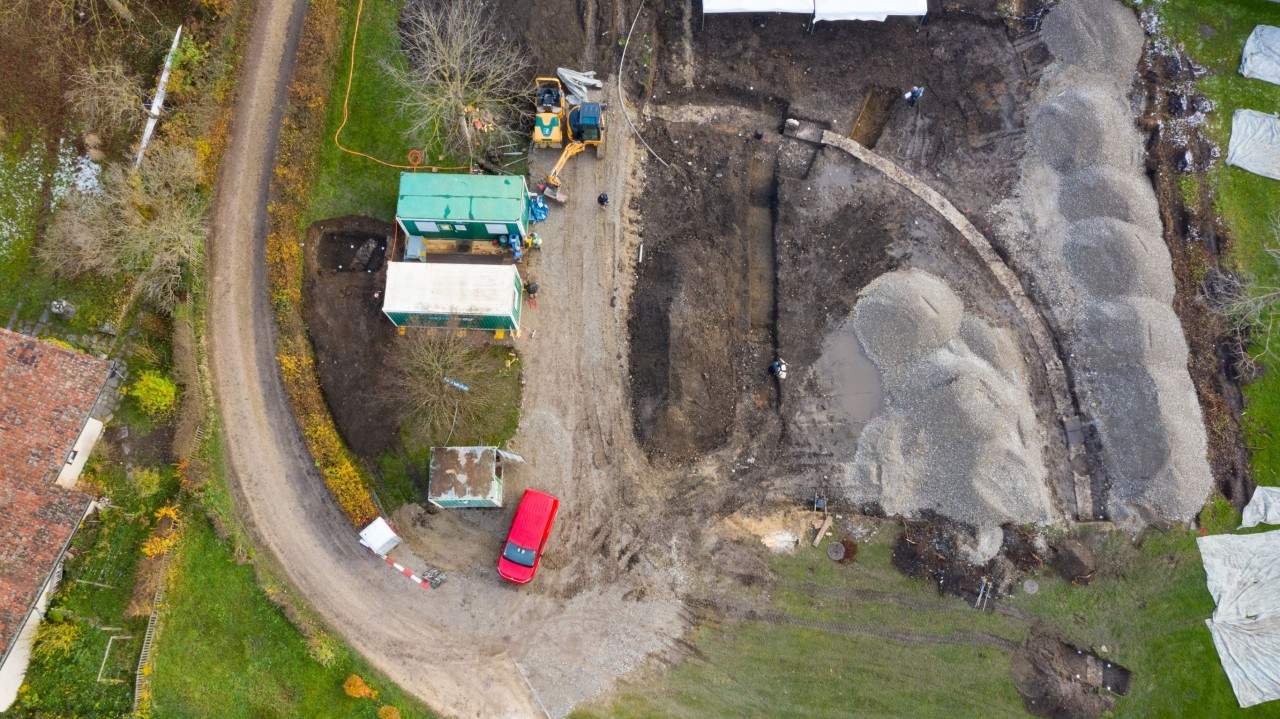
4. The 2nd century B.C. Roman bridge in Rome along the Via Tiburtina (Feb.)
In Rome, in February, a preventive archaeology excavation at kilometer 12 of Via Tiburtina led to the discovery of a Roman bridge from the Republican period (datable to the 2nd century B.C. because of the structure, made of large tufa blocks typical of the time, and the discovery of artifacts dating to this era: these are ceramic finds). This was the bridge over the Pratolungo Ditch that was documented in Renaissance-era historical cartography but had never been found. Read the full story here.
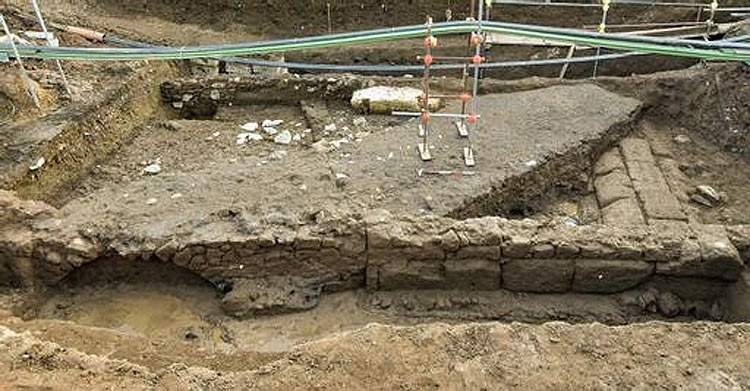
5. The great Roman mosaic in London’s Southwark district (Feb.)
In London’s Southwark district, a short distance from London Bridge, a large Roman mosaic was discovered in February: according to archaeologists from the Museum of London Archaeology (MOLA), the authors of the discovery, it is the largest Roman mosaic discovered in the area of the British capital in the past fifty years. The discovery came as part of the excavation of a London public transportation project. The large mosaic, possibly the floor of a dining room, includes two decorated panels arranged in a floor bordered with red tiles. Read the full story here.
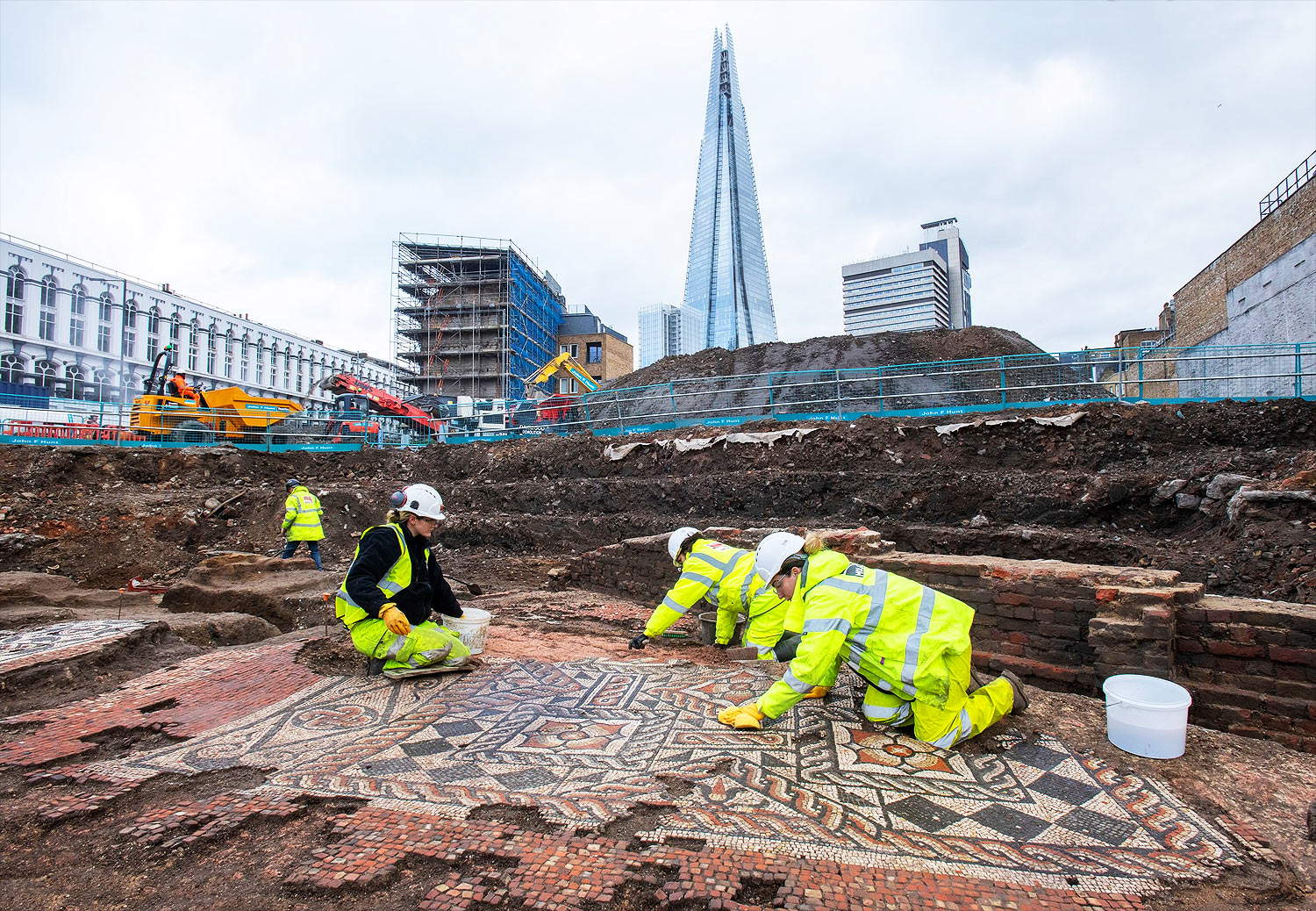
6. A prehistoric settlement in Sicily (June)
Near the village of Carcaci, a small hamlet in the municipality of Centuripe in Sicily, a prehistoric settlement of national archaeological significance was discovered in June, yet to be studied. The discovery came during an inspection by the mayor of Centuripe, Salvatore La Spina, and some volunteers from village associations, in a privately owned hillside area near which Srr Catania province north will build a public landfill of high ecological value. Read the full story here.
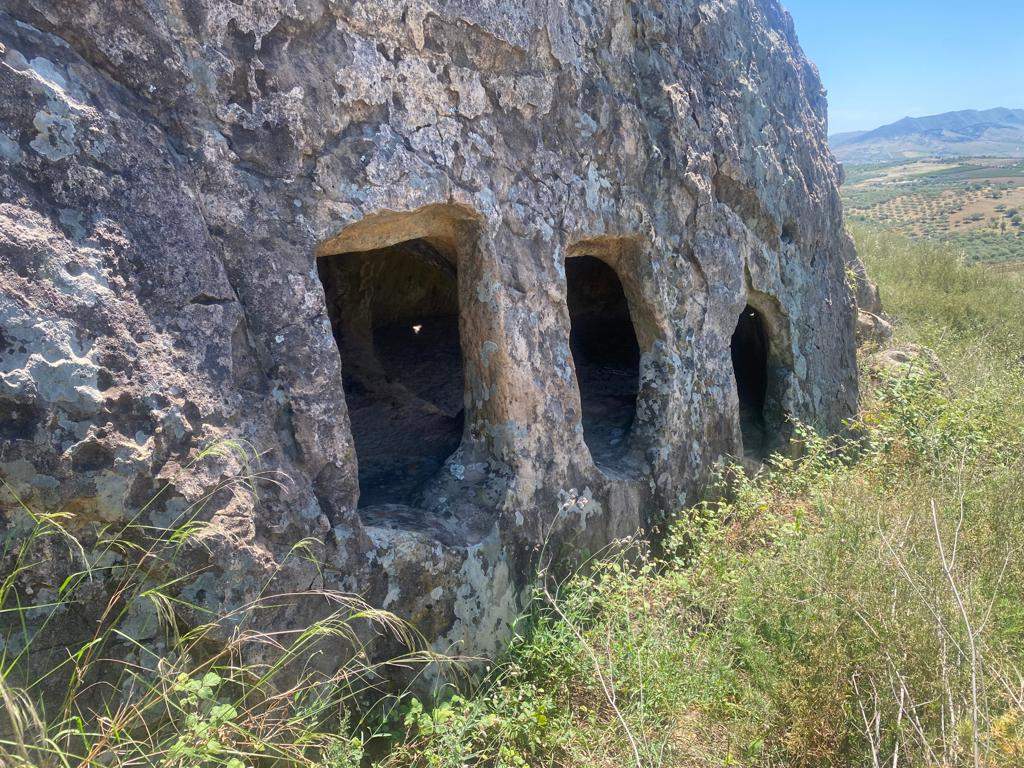
7. One of Europe’s largest megalithic concentrations discovered in Andalusia (August)
In Spain, near Huelva (Andalusia), one of the largest megalithic concentrations in Europe was discovered in the summer: the locations of 526 menhirs, dating from between the sixth and third millennia B.C., were found. The megalithic site of La Torre-La Janera, where these prehistoric monuments were found, is located between the municipal territories of Ayamonte and Villablanca, not far from the Guadiana River and the border with Portugal, and the concentration spreads over an area of 600 hectares. The investigation had started in 2018. Read the full story here.
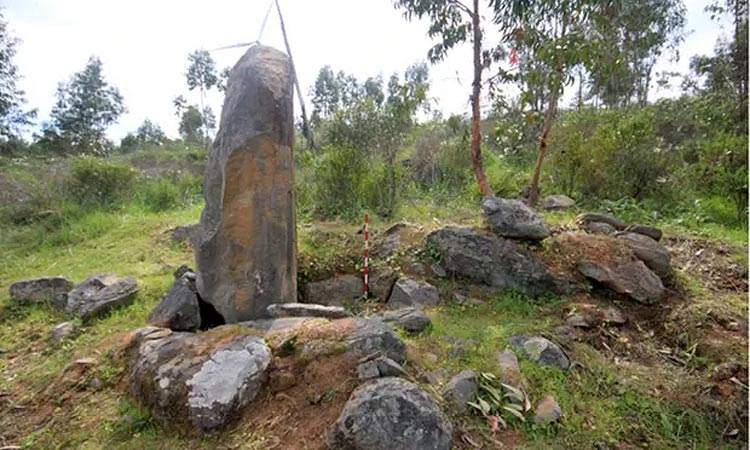
8. The 24 bronze statues in the Roman sanctuary at San Casciano dei Bagni (November)
It is by detachment the most important archaeological discovery of the year. In San Casciano dei Bagni (Siena), from the excavation of Bagno Grande, or the excavation of the Roman sanctuary discovered in 2021, 24 bronze statues were recovered in an excellent state of preservation. Of the existence of the votive deposit had been known for several months, but the discovery was announced to the public in November, along with all the details. The votive statues, which are small in size (the five largest reach up to a meter in height), constitute, according to archaeologist Jacopo Tabolli of the University of Siena, an “absolutely unique treasure” found along with several inscriptions in Etruscan and Latin, as well as coins, and plant offerings. The importance of the discovery lies not so much in the works themselves as in the exceptional nature of the context. Read the full story here and read the lengthy interview with archaeologist Emanuele Mariotti, director of the excavation, here.
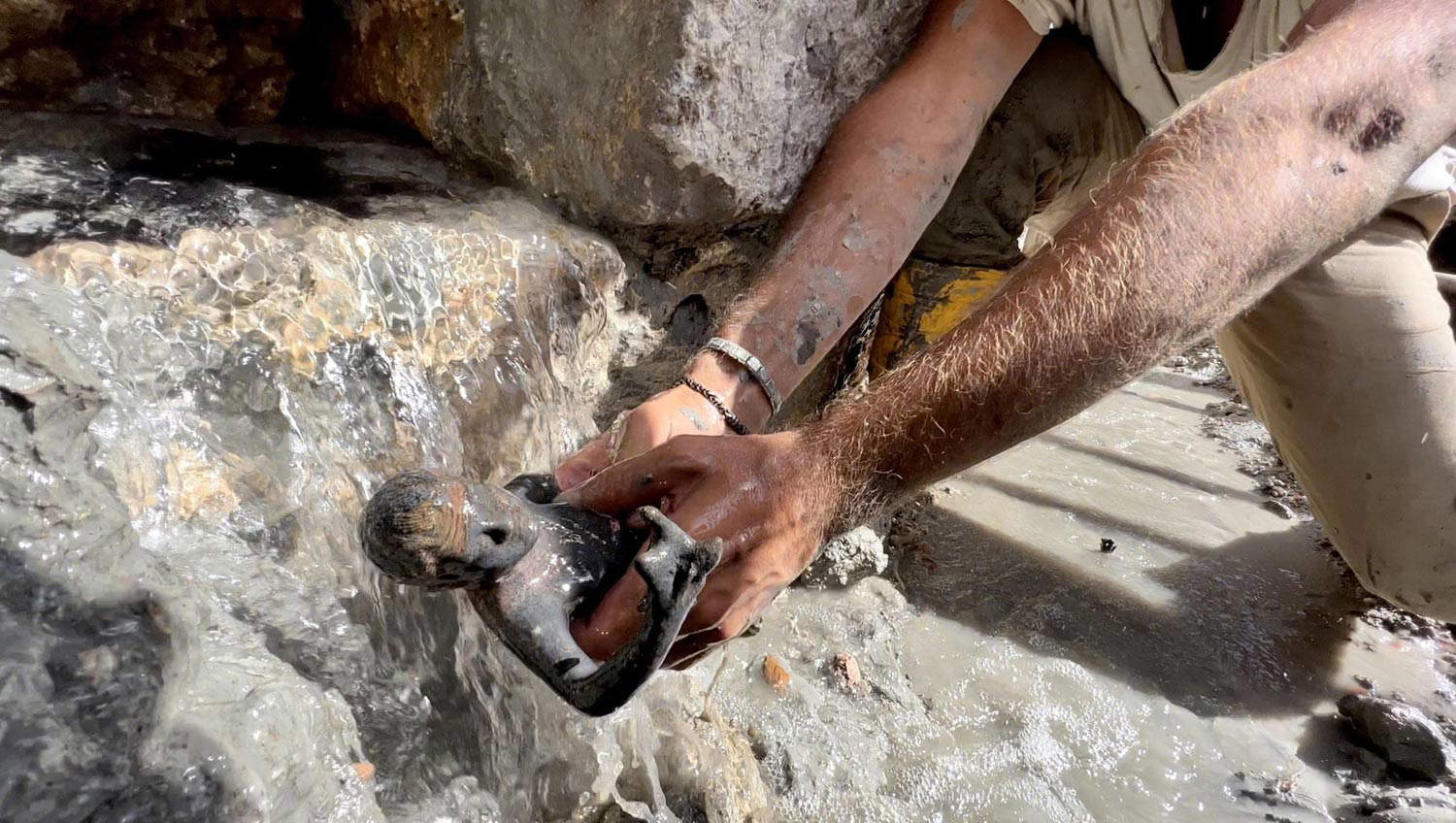
9. The new Etruscan temple at Vulci (Nov.)
At Vulci (Montalto di Castro, Viterbo), near the Great Temple, another temple, hitherto unknown, has been identified and believed by experts to be one of the largest known Etruscan sacred buildings. The discovery bears the signature of an interdisciplinary team led by archaeologists Mariachiara Franceschini of the “Albert-Ludwigs” University of Freiburg and Paul P. Pasieka of the “Johannes Gutenberg” University of Mainz. The building is 45 by 35 meters in size and is located west of the Great Temple, first excavated in the 1950s. The discovery was made in 2020 and announced after two years of study and research. Read the full story here.
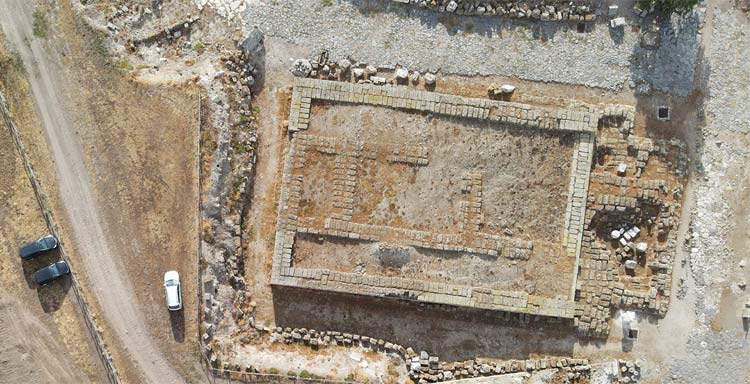
10. The work with the first narrative scene in history, in Turkey (December)
In December, the oldest known narrative scene is discovered in Turkey: it is a relief, 11,000 years old, found at the archaeological site of Sayburç (southeast of the country), depicting a man holding his penis with his right hand, sandwiched between two leopards flanking him. The discovery of the carved scene dates back to 2021, but the discovery was published on December 8 this year in the scientific journal Antiquity, published by Cambridge University Press. Read the full story here.
 The
The
 |
| The 10 most interesting archaeological discoveries of 2022 |
Warning: the translation into English of the original Italian article was created using automatic tools. We undertake to review all articles, but we do not guarantee the total absence of inaccuracies in the translation due to the program. You can find the original by clicking on the ITA button. If you find any mistake,please contact us.





























